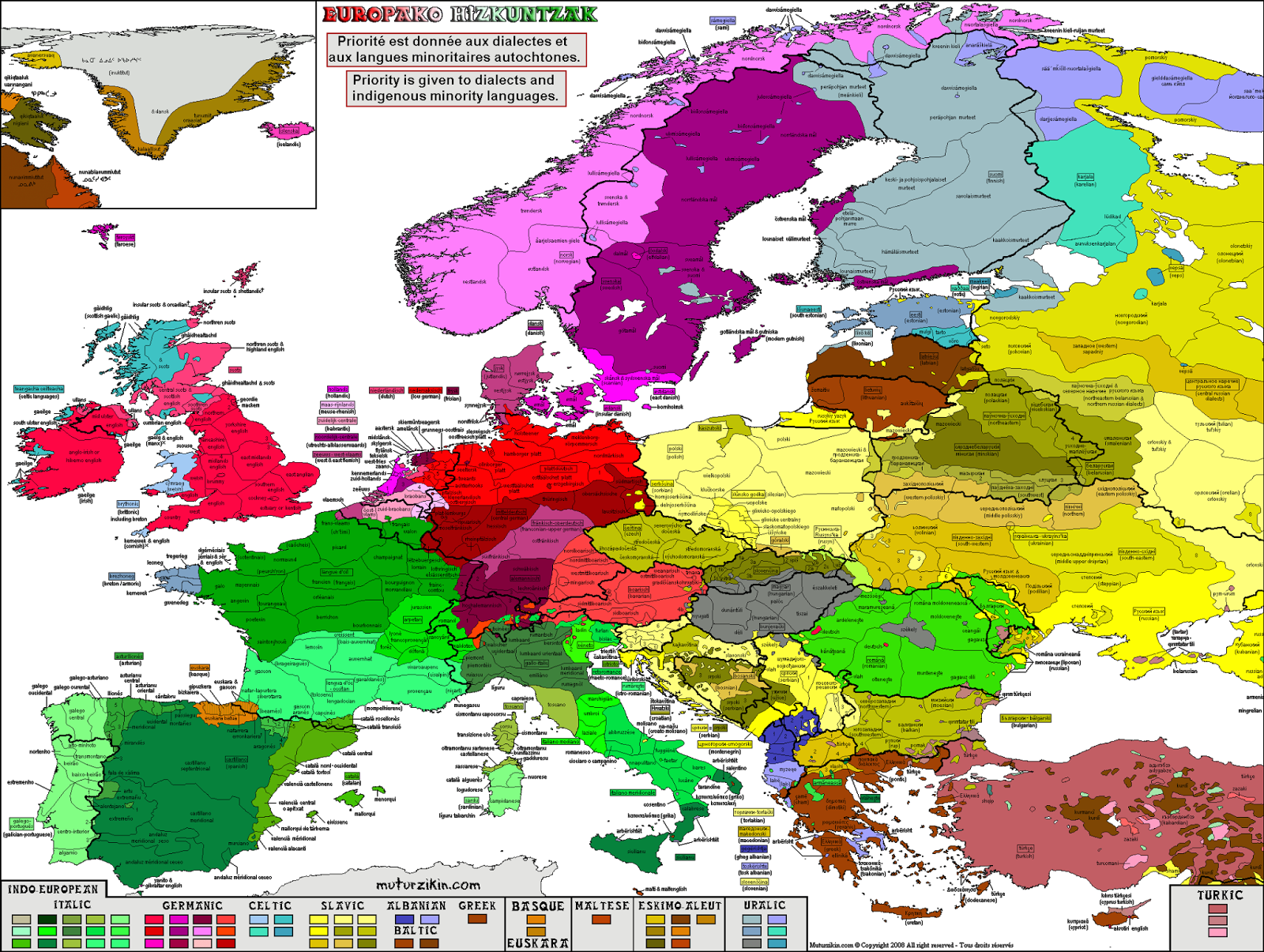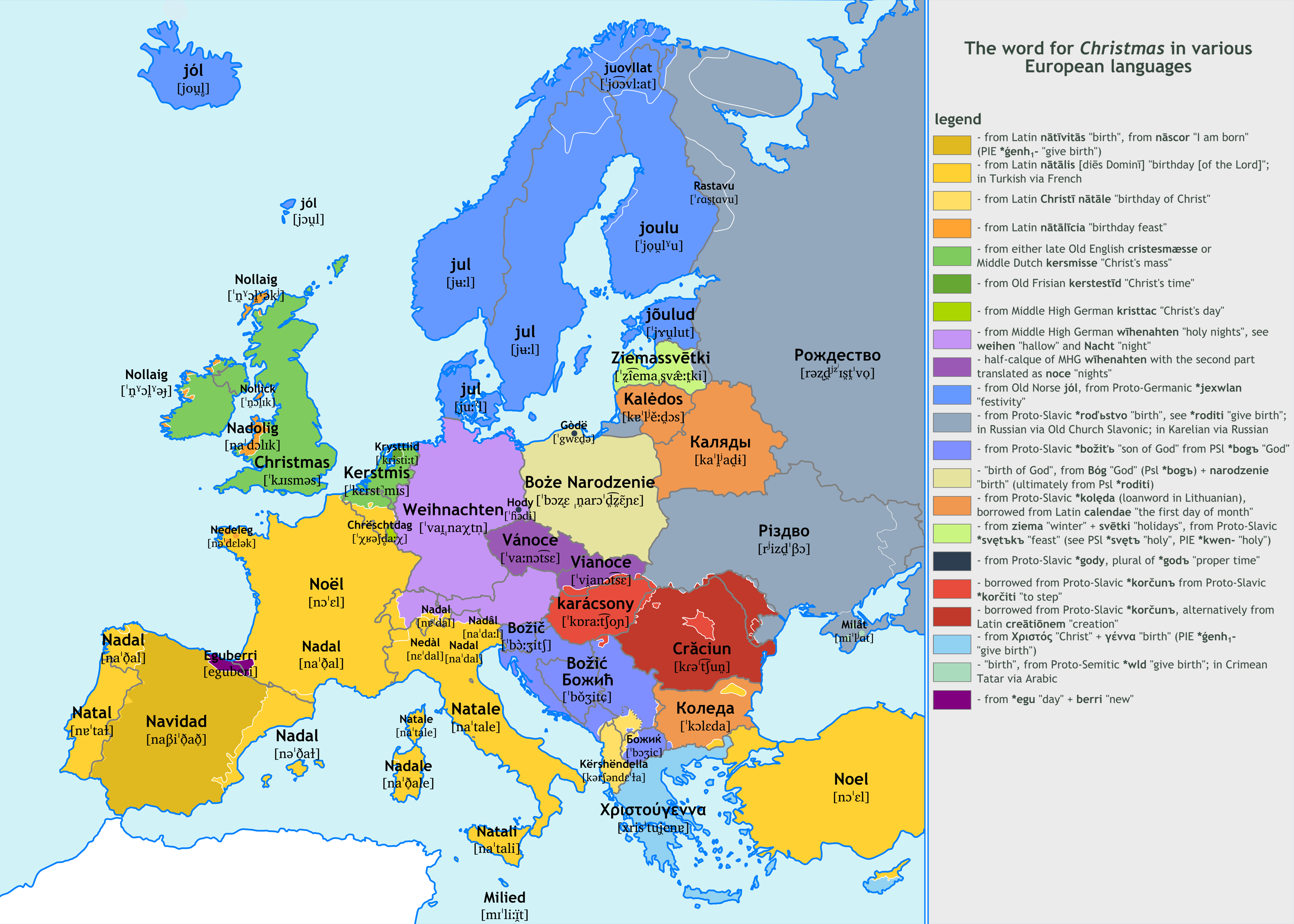There are about 24 official languages spoken throughout europe

There are about 24 official languages spoken throughout Europe.

Europe, the diverse continent known for its rich cultural heritage and history, is home to a wide array of languages. With approximately 24 official languages spoken throughout the region, Europe boasts an incredible linguistic tapestry that reflects its vibrant heritage and multiculturalism.
The European Union, which comprises 27 member countries, recognizes 24 official languages within its institutions. These languages include German, English, French, Italian, Spanish, Portuguese, Dutch, Greek, Danish, Finnish, Swedish, Estonian, Latvian, Lithuanian, Hungarian, Maltese, Polish, Slovak, Slovenian, Czech, Bulgarian, Romanian, Irish, and Croatian.

Each of these languages represents the cultural and historical background of their respective countries and plays a significant role in the daily lives of European citizens. Moreover, these languages are not only official within their respective countries but also hold an official status within the European Union, promoting linguistic diversity and inclusivity among its member states.
The linguistic diversity in Europe goes beyond the official languages recognized by the European Union. Numerous regional and minority languages are also spoken across the continent. These languages often hold a special place in their respective regions, serving as an important aspect of cultural identity.
For instance, within Spain, apart from Spanish, several regional languages such as Catalan, Basque, and Galician are spoken. Similarly, in Italy, along with Italian, other languages like Sicilian, Sardinian, and Friulian have a significant presence. These regional languages, although not recognized as official at the European level, contribute to the cultural richness and diversity within Europe.
The diversification of languages in Europe is not solely limited to the mainland. Some European territories overseas are multilingual as well. For example, French Guiana, a territorial collectivity of France located in South America, recognizes both French and several Indigenous languages such as Wayana, Arawak, and Carib as official languages. This exemplifies how language is intertwined with the history, geography, and diversity of European territories across the globe.
The multitude of languages spoken in Europe presents both opportunities and challenges. On one hand, language diversity fosters cultural exchange, encourages tourism, and provides economic advantages by attracting international investments. On the other hand, it necessitates effective language policies, translation services, and language education to ensure inclusivity and effective communication within the European Union.
In conclusion, Europe’s linguistic landscape is exceptionally diverse, with approximately 24 official languages recognized by the European Union. These languages not only play a crucial role in everyday communication but also contribute to the cultural heritage and identity of the continent. The linguistic tapestry of Europe is a testament to the continent’s history, multiculturalism, and commitment to promoting linguistic diversity and inclusivity.
Tags
Share
Related Posts
Quick Links
Legal Stuff

